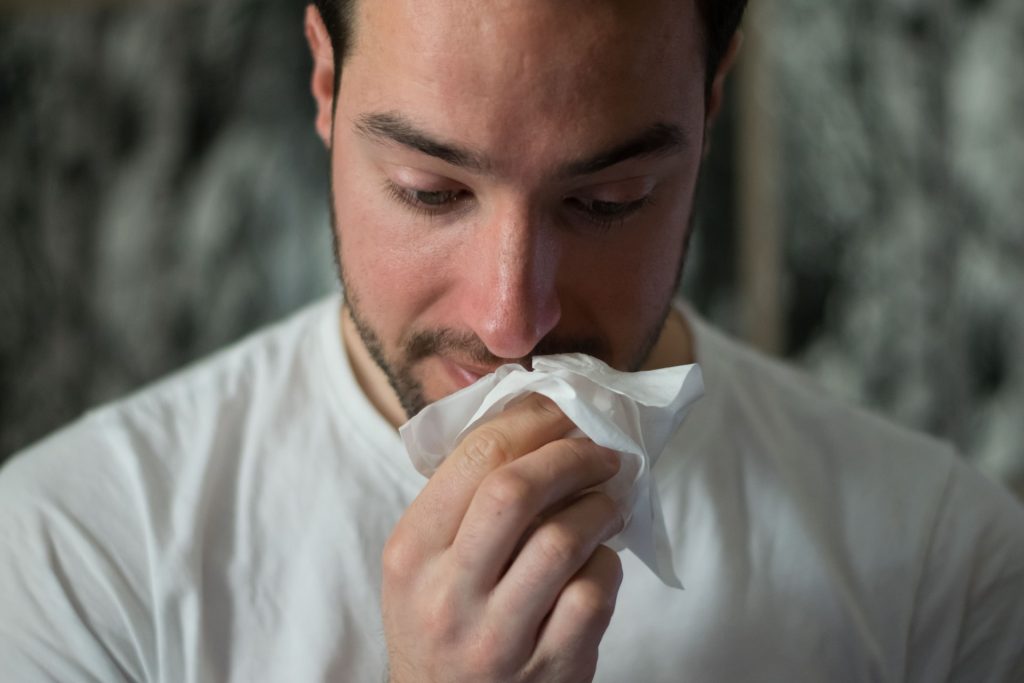
Mucus is ubiquitous in nature, from saliva to slugs, and serves many useful functions such as protection of tissues and lubrication. A new study published in Science Advances reveals just how these gooey substances evolved in nature, and how they easily evolve from genes that code for normal proteins.
Comparing mucin genes in 49 mammal species, scientists identified 15 instances in which new mucins appear to have evolved through an additive process that transformed a non-mucin protein into a mucin.
The scientists propose that each of these “mucinisation” events began with a non-mucin protein. At some point, evolution tacked a new section onto this non-mucin base: one consisting of a short chain of amino acids that are decorated with sugar molecules. Over time, this new region got duplicated, with multiple copies added on to elongate the protein even further, making it a mucin.
The doubled regions, called “repeats,” are key to a mucin’s function, say University at Buffalo researchers.
The sugars coating these sections protrude outward like the bristles of a bottle brush, granting mucins the slimy property key to many important tasks that these proteins carry out.
“I don’t think it was previously known that protein function can evolve this way, from a protein gaining repeated sequences. A protein that isn’t a mucin becomes a mucin just by gaining repeats. This is an important way that evolution makes slime. It’s an evolutionary trick, and we now document this happening over and over again,” said Omer Gokcumen, PhD, associate professor of biological sciences.
“The repeats we see in mucins are called ‘PTS repeats’ for their high content of the amino acids proline, threonine and serine, and they aid mucins in their important biological functions that range from lubricating and protecting tissue surfaces to helping make our food slippery so that we can swallow it,” said Stefan Ruhl, DDS, PhD, interim dean of the UB School of Dental Medicine and professor of oral biology. “Beneficial microbes have evolved to live on mucus-coated surfaces, while mucus can at the same time also act as a protective barrier and defend against disease by shielding us from unwanted pathogenic intruders.”
“Not many people know that the first mucin which had been purified and biochemically characterised came from a salivary gland,” Prof Ruhl added. “My lab has been studying mucins in saliva for the last 30 years, mostly because they protect teeth from decay and because they help balance the microbiota in the oral cavity.”
While studying saliva, the team noticed that a small salivary mucin in humans called MUC7 was not present in mice, but they had a similarly sized salivary mucin called MUC10.
It turned out the two mucins were not evolutionarily related. But what the research uncovered next was a surprise. While MUC10 did not appear to be related to MUC7, a protein found in human tears called PROL1 did share a portion of MUC10’s structure. PROL1 looked a lot like MUC10, minus the sugar-coated bottlebrush repeats that make MUC10 a mucin.
“We think that somehow that tear gene ends up repurposed,” Assoc Prof Gokcumen said. “It gains the repeats that give it the mucin function, and it’s now abundantly expressed in mouse and rat saliva.”
The scientists wondered whether other mucins might have formed the same way. They began to investigate and discovered multiple examples of the same phenomena. Though many mucins share common ancestry among various groups of mammals, the team documented 15 instances in which evolution appeared to have converted non-mucin proteins into mucins via the addition of PTS repeats.
And this was “with a pretty conservative look,” Assoc Prof Gokcumen said, noting that the study focused on one region of the genome in a few dozen mammal species. Slime is an “amazing life trait,” he said, curious whether the same evolutionary mechanism might have driven the formation of some mucins in slugs, slime eels and other critters. More research is needed to find an answer.
“How new gene functions evolve is still a question we are asking today,” said Petar Pajic, a UB PhD student in biological sciences and the study’s first author. “Thus, we are adding to this discourse by providing evidence of a new mechanism, where gaining repeated sequences within a gene births a novel function.”
“I think this could have even broader implications, both in understanding adaptive evolution and in possibly explaining certain disease-causing variants,” Pajic added. “If these mucins keep evolving from non-mucins over and over again in different species at different times, it suggests that there is some sort of adaptive pressure that makes it beneficial. And then, at the other end of the spectrum, maybe if this mechanism goes ‘off the rails’ – happening too much, or in the wrong tissue – then maybe it can lead to disease like certain cancers or mucosal illnesses.”
Source: EurekAlert!

